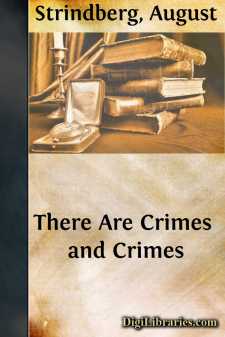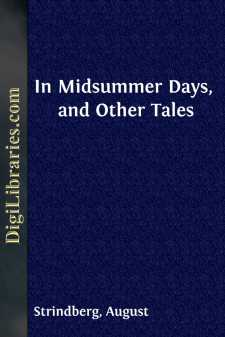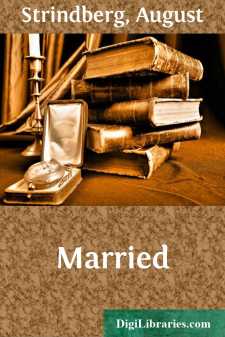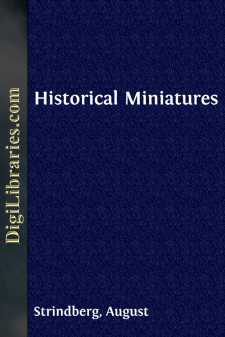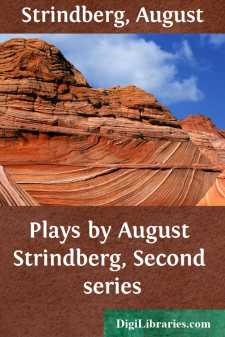Categories
- Antiques & Collectibles 13
- Architecture 36
- Art 48
- Bibles 22
- Biography & Autobiography 813
- Body, Mind & Spirit 142
- Business & Economics 28
- Children's Books 17
- Children's Fiction 14
- Computers 4
- Cooking 94
- Crafts & Hobbies 4
- Drama 346
- Education 46
- Family & Relationships 57
- Fiction 11829
- Games 19
- Gardening 17
- Health & Fitness 34
- History 1377
- House & Home 1
- Humor 147
- Juvenile Fiction 1873
- Juvenile Nonfiction 202
- Language Arts & Disciplines 88
- Law 16
- Literary Collections 686
- Literary Criticism 179
- Mathematics 13
- Medical 41
- Music 40
- Nature 179
- Non-Classifiable 1768
- Performing Arts 7
- Periodicals 1453
- Philosophy 64
- Photography 2
- Poetry 896
- Political Science 203
- Psychology 42
- Reference 154
- Religion 513
- Science 126
- Self-Help 84
- Social Science 81
- Sports & Recreation 34
- Study Aids 3
- Technology & Engineering 59
- Transportation 23
- Travel 463
- True Crime 29
August Strindberg
August Strindberg was a Swedish playwright, novelist, and essayist, regarded as a pioneering figure in modernist literature. Born in 1849, he explored themes of psychology, social conflict, and the supernatural in his work, often reflecting his tumultuous personal life and radical political views. Strindberg is best known for plays like "Miss Julie" and "The Father", which broke new ground in naturalist theater by depicting raw human emotions and power struggles. His influence extends beyond literature into theater, where his innovative techniques helped shape the development of 20th-century drama.
Author's Books:
Sort by:
Strindberg was fifty years old when he wrote "There Are Crimes and Crimes." In the same year, 1899, he produced three of his finest historical dramas: "The Saga of the Folkungs," "Gustavus Vasa," and "Eric XIV." Just before, he had finished "Advent," which he described as "A Mystery," and which was published together with "There Are Crimes and...
more...
IN MIDSUMMER DAYS In Midsummer days when in the countries of the North the earth is a bride, when the ground is full of gladness, when the brooks are still running, the flowers in the meadows still untouched by the scythe, and all the birds singing, a dove flew out of the wood and sat down before the cottage in which the ninety-year-old granny lay in her bed. The old woman had been bedridden for twenty...
more...
INTRODUCTION These stories originally appeared in two volumes, the first in 1884, the second in 1886. The latter part of the present edition is thus separated from the first part by a lapse of two years. Strindberg's views were continually undergoing changes. Constancy was never a trait of his. He himself tells us that opinions are but the reflection of a man's experiences, changing as his...
more...
THE EGYPTIAN BONDAGE The old worker in ebony and cabinet-maker, Amram, dwelt by the river-side in a clay-hut which was covered with palm-leaves. There he lived with his wife and three children. He was yellow in complexion and wore a long beard. Skilled in his trade of carving ebony and hard wood, he attended at Pharaoh's court, and accordingly also worked in the temples. One morning in midsummer,...
more...
THERE ARE CRIMES AND CRIMES INTRODUCTION Strindberg was fifty years old when he wrote "There Are Crimes and Crimes." In the same year, 1899, he produced three of his finest historical dramas: "The Saga of the Folkungs," "Gustavus Vasa," and "Eric XIV." Just before, he had finished "Advent," which he described as "A Mystery," and which was published...
more...


